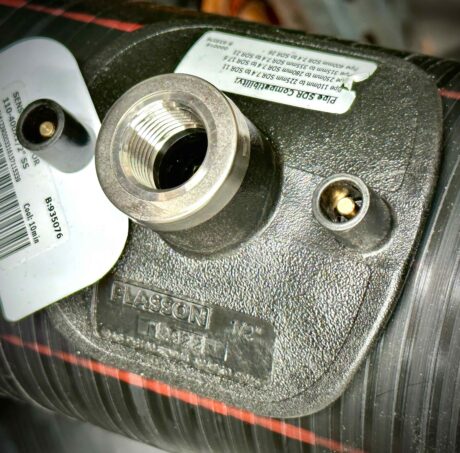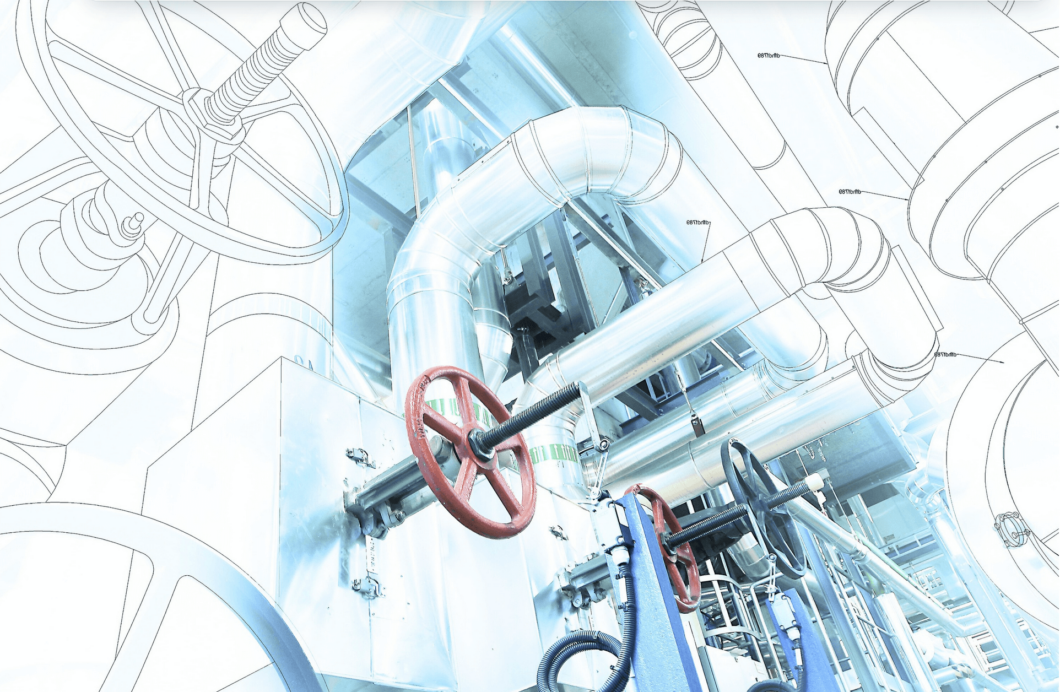The electrofusion industry is pumped full of letters and numbers – like SDR11, HDPE, PE100 and PN16. There is handy information in those codes that explains exactly what amazing PE can do. And, when it comes to the different grades of PE, or polyethylene, the magic of what each one delivers is definitely in the detail.
You will find LDPE widely used in plastic packaging or plastic wrap. HDPE is often found in construction and plumbing. And UHMW PE, which is many times stronger than steel, is a high-performance plastic used in bulletproof vests!
The process that makes PE a success was developed in the 1950s by two scientists, Karl Ziegler of Germany and Giulio Natta of Italy. Polyethylene is now one of the most widely produced thermoplastics in the world. It’s light and strong – it’s cheap to transport, easy to handle and safe to store making it a smarter choice than most other materials – especially when it comes to PE pipe.

Drilling down
Polyethylene, like other plastics, starts with the distillation of hydrocarbon fuels into lighter groups called “fractions”. Some can be combined with other catalysts to produce plastics (typically via polymerization or polycondensation).
Low-Density Polyethylene (LDPE) is a very flexible material with unique flow properties that makes it particularly suitable for shopping bags and other plastic film applications. LDPE has high ductility but low tensile strength, which is why it stretches when strained.
Ultrahigh Molecular Weight Polyethylene (UHMW) is an extremely dense version of polyethylene. It is spun into threads with tensile strengths many times greater than steel and used in bulletproof vests and high-performance equipment.
High-Density Polyethylene (HDPE) is a robust, moderately stiff plastic with a highly crystalline structure. It is used to make all types of strong and tough containers. The HDPE used to produce corrosion-free, long-life pipelines for water, waste water and gas is called PE100. PLASSON’s range of poly pipe joiners are designed to easily and securely join PE100 pipelines.
PE is classified as a “thermoplastic” (as opposed to “thermoset”), based on the way the plastic responds to heat.
Thermoplastic vs thermoset
One of the benefits of thermoplastics is they can be heated to their melting point, cooled, and reheated again without degradation. By contrast, thermoset plastics can only be heated once. The first heating causes thermoset materials to set (a bit like a 2-part epoxy), resulting in a chemical change that cannot be reversed. These properties are what makes PE ideal for gas pipelines joined by electrofusion fittings.
PE is rugged, flexible, and durable. Both the pipe and PE pipe fittings have outstanding chemical and environmental stress crack resistance. PE pipelines have been successfully used in a wide variety of applications for over 50 years. Add to that strength and corrosion-resistance, and you get a life-span far in advance of other pipe materials.
Electrofusion Fitting Names and Descriptions
While most have openings of the same size on each end, some fittings are designed with different-sized openings and serve as the transition from one size pipe to another. Here is an overview of the different types of fittings
Tee Fittings & Wye Fittings
Tees and wyes are used to connect three pieces of pipe. Tees can have one inlet and two outlets at 90-degree angles in the shape of a “T” and are used to split a supply line, or they can combine two lines into one outlet. You often see tee fittings connected to potable water supply lines. A wye is shaped like a “Y” with the two inlets coming together at roughly 45-degrees into a single outlet in drain applications.
Elbow Fittings
Elbows change the direction of flow between two pipes. Common elbows have 90-, 60-, 45- and 22 ½-degree bends and are used to make a turn. They can be joined together to move around obstructions in a pipe run.

Adapter Fittings
While standard couplers join two pipes of the same size, a coupling can be a reducer, or reducing coupling, meaning they reduce flow by joining a larger pipe to a smaller size. Adapters are used when connecting different elements to a pipeline, like metering for example.
Flange Fittings
A flange is a flat, round fitting that creates a tight seal with bolts or clamps. They are used in electrofusion installations to connect valves to main lines.
Cap Fittings
A cap fits over the end of a pipe to stop the flow of water or gas. These fittings can be used for the permanent termination point of a pipe or used temporarily to cut off supply during a plumbing or pipeline project.


